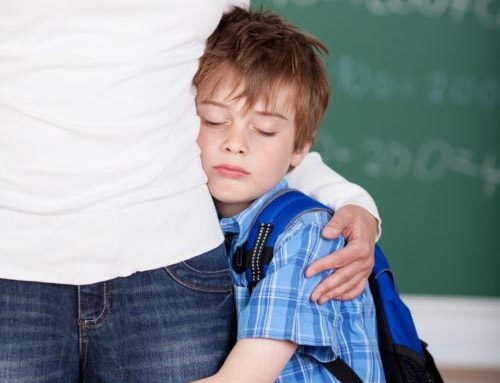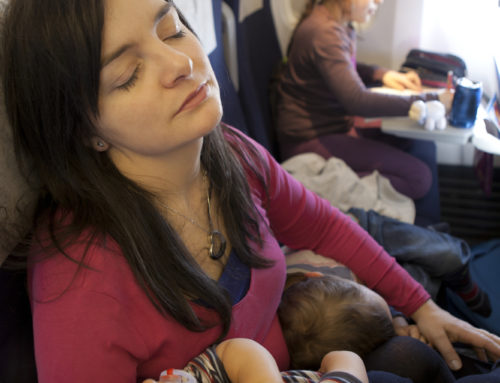For young children, one of the lessons parents are trying to teach them is that they own their body. Then the relatives arrive.
We do our best to teach them they are in charge of their own body, what is appropriate and inappropriate touch and when to vocalise when they feel uncomfortable with touch. Then Christmas arrives. There are Santa photos, relatives they may not have seen for the past year and lots of hugs, kisses and touching. What if the child is uncomfortable with these cuddles and kisses? What if they don’t want to sit on the jolly red man’s knee, especially as he is covered in facial hair, can’t see his hands and he is often loud and large. Rather confronting for any little kid to embrace.
Making any child show affection or receive cuddle, kisses and touch when they are fearful or apprehensive is sending the wrong message to our children. We do not want toconfuse them and tell them it is OK to allow a relative or friend to touch themand have them feel uncomfortable, but not strangers. This is a dangerous message for every child. Physical touch should never be coerced. Every child must know that No, means No regarding contact. It is only by honouring this rule can we feel safe to know our child can speak up and protect themselves is an uncomfortable situation is presented.
Permitted family touch and embrace can be a difficult subject to discuss as we all want our children to embrace and like all relatives and grandparents while sometimes they just do not want that embrace. This could be because the child feels unsure, nervous, overwhelmed or a variety of other reasons. They may be shy.
A ‘relative’ to a child means nothing. A grandparent, aunt, uncle or cousin, means little. It is a label that a young child is unable to comprehend, so trying to convince your child this person is nice or safe because they are a relative, means nought to them.
Making your child kiss or embrace a relative because the adult relative may feel sad has nothing to do with your child. Your child is not responsible for making their relative feel good. It is not necessarily polite to kiss or embrace; it is not a rejection; it is a choice made by your child dependant on how comfortable they feel. Surely the onus is on the adult to ensure the child does feel comfortable around them, not the other way around.
Speaking to relatives may be a good idea if your child is cautious about physical embraces from people they do not know well. Let them know it is teaching you are giving your child.
What then can we do if our child rejects their family embraces?
Talk to your child about the relatives arriving or seeing them. Go through photos of previous get-togethers, so they understand who these people are, are involved with the family events, are nice to help your child feel safe.
Answer any questions your child may have and tell them they can decide how to greet family members. This can include a handshake, a high 5, fist pump, or just eye contact with a Hello.
To create a connection with your child and their relative, suggest your child shows them a drawing they may have done, school pictures, a video of them participating in an activity or news they can share about what they have been doing recently. These usually break the ice to enable the child to feel safe and happy around this person they may see once or twice a year.
The important thing this season is to ensure your child feels safe, secure, connected and happy.






